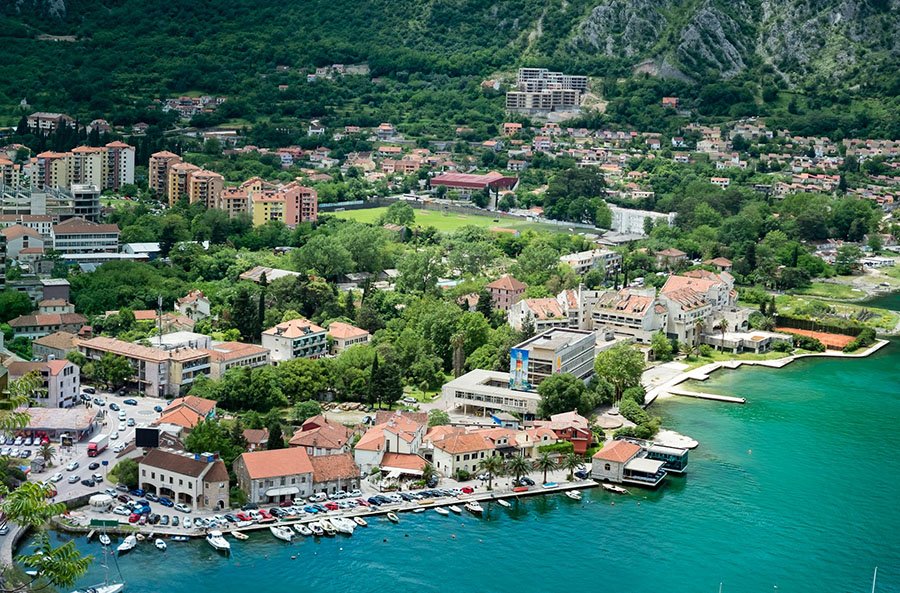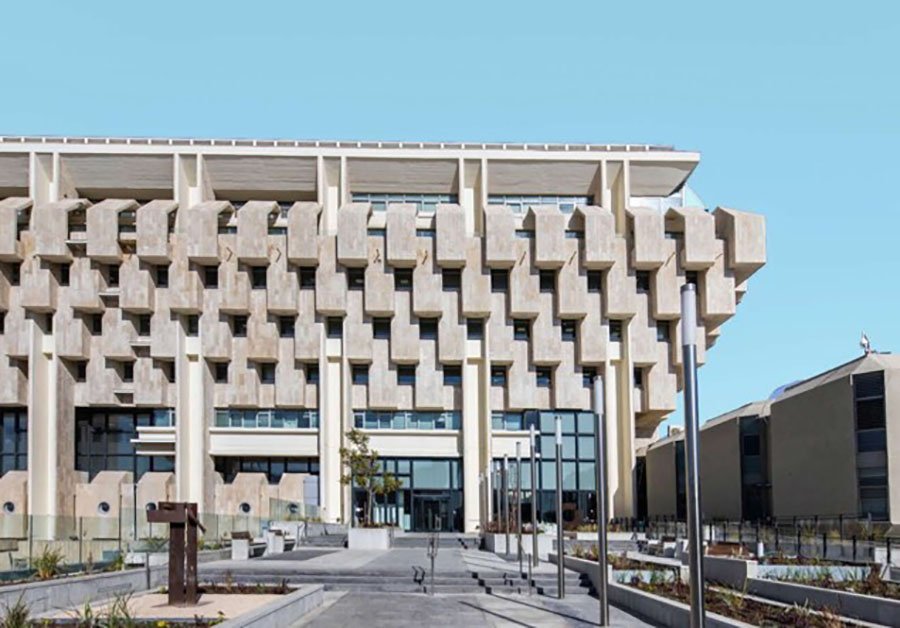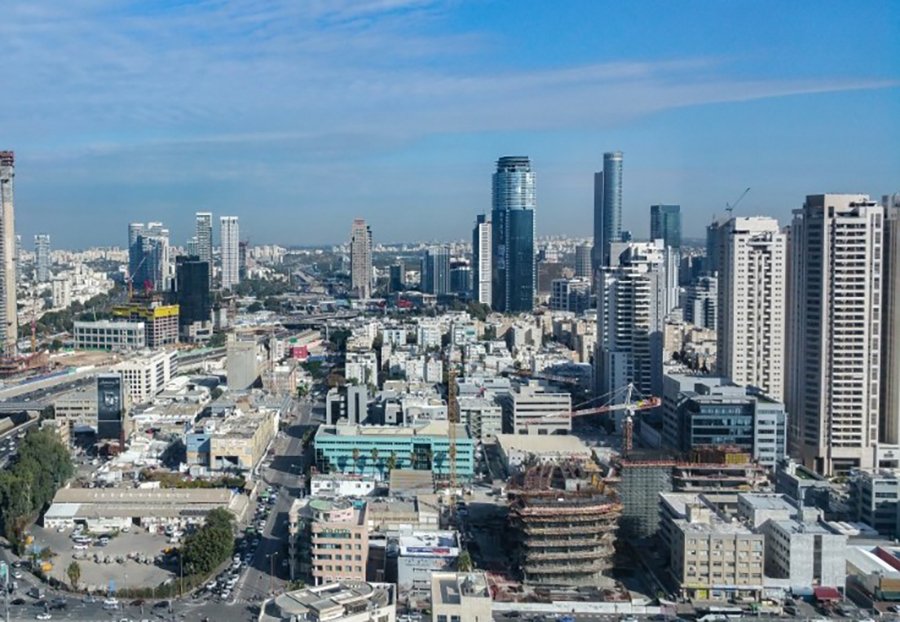читайте также
 Montenegro will introduce visas for Russians at the end of September 2026
Montenegro will introduce visas for Russians at the end of September 2026
 Tourists Are Damaging Tropical Cities: PATA Calls for Urgent Action
Tourists Are Damaging Tropical Cities: PATA Calls for Urgent Action
 Deadly Storms, Blizzards, and Tornadoes Slam the U.S. — How Millions Can Survive the Thanksgiving Weather Disaster
Deadly Storms, Blizzards, and Tornadoes Slam the U.S. — How Millions Can Survive the Thanksgiving Weather Disaster
 Housing Market in Tel Aviv 2025: Falling Prices and Declining Investor Activity
Housing Market in Tel Aviv 2025: Falling Prices and Declining Investor Activity
 Bank of Israel Cuts Interest Rate to 4.25%: What Stands Behind the Regulator’s Decision
Bank of Israel Cuts Interest Rate to 4.25%: What Stands Behind the Regulator’s Decision
 US Aviation Chaos: 58 Cancellations and 2,674 Delays Hit Major Hubs as Thousands of Passengers Are Stranded
US Aviation Chaos: 58 Cancellations and 2,674 Delays Hit Major Hubs as Thousands of Passengers Are Stranded
Inflation in Israel has fallen to 2.5%, housing prices have been declining for six months

Photo: Pxhere
Israel’s consumer price index fell by 0.6% in September, while annual inflation remains at 2.5%. The housing market is still under pressure: apartment prices have been declining for the sixth month in a row and have cumulatively fallen by more than 2% since spring, reports YnetNews. Analysts expect monetary policy to ease.
The September decline was much deeper than a year ago, when the index fell by just 0.2%. The biggest downward pressure came from lower prices for fresh fruit, transportation and leisure services, as well as a 16% drop in airfares due to falling demand and the return of foreign carriers. At the same time, some categories — including fresh vegetables — are still rising, while rents and medical services increased by 0.3%, which did not change the overall trend toward slower inflation.
Housing market dynamics
In the rental market, contract renewals saw an average increase of 2.6%, while new tenants faced a rise of 5.3%. Meanwhile, purchase prices continue to fall: comparing July–August transactions with June–July shows a drop of 0.6%, and the cumulative decline over six months exceeds 2%. On an annual basis, growth has almost stalled — the index is up only 0.7%, signaling a cooldown after an overheated phase.
In Jerusalem, prices rose by 1% over the past two months and by 4.2% year-on-year. In the North, the figures are 0.2% and +8.4% respectively. In Haifa –0.4% and +3.7%. In the South — a decline of 0.8% and an increase of 2.8%. In Tel Aviv and the Central district — 0.9% and 1.8% over two months, 1.5% and 2.9% over a year, pointing to downward adjustment mainly in the most expensive segments.
In the new-build segment, prices fell by 1.2% in July–August 2025 compared with the same period of 2024. The share of subsidized deals rose from 31.7% to 39.4%, which increased the impact of this segment on the averages. Excluding subsidized sales, the drop is 0.2%. Annual growth is minimal — only 0.5%.
Apartment prices
Tel Aviv
According to Nadlan Center, Q3 2025 became a turning point for the Tel Aviv market: the price of 4-room apartments fell to 4.3 million shekels ($1.316 million), marking a 15.5% annual decline. Five-room units dropped to 5.18 million shekels ($1.585 million), down 21%, though sales volume was minimal.
Even 3-room apartments, traditionally the most liquid, now average 3.516 million ILS ($1.076 million) — a 4.3% yearly decline. Across the Tel Aviv district, the average price of a 4-room apartment is 3.275 million ILS ($1.003 million), reflecting a 7.6% annual drop.
Central district
In major cities surrounding Tel Aviv, the decline is more moderate. Average prices for 4-room apartments:
Netanya (–6.3%) — 2.46 million ILS ($753,000);
Holon (–7.5%) — 2.21 million ILS ($677,000);
Ashdod (–4.1%) — 2.13 million ILS ($652,000);
Ramat Gan (–3.9%) — 3.16 million ILS ($969,000).
In the Central district, which includes these locations, the average is 2.537 million ILS ($777,000), down 0.9% year-on-year, confirming that the correction affects primarily the high-budget core of the metropolitan area.
Other cities
Jerusalem shows the opposite trend: the average price of a 4-room apartment reached 3.36 million ILS ($1.029 million), up 8.9%. Two-room units rose 15.8% to 2.1 million ILS ($643,000), three-room homes increased 10.3% to 2.63 million ILS ($804,000). Across the district, the average 4-room price climbed 10% to 3.036 million ILS ($930,000).
Haifa sees stable pricing for the largest units — 1.86 million ILS ($569,000), while 3-room apartments rose 5.8% to 1.31 million ILS ($401,000). The district average is 1.858 million ILS ($569,000), up 3.1%.
Be’er Sheva recorded a 2.3% increase in the average price of 4-room homes — up to 1.32 million ILS ($404,000), still the lowest among major cities. The Southern district average is 1.562 million ILS ($478,000), +0.7%. In the Northern district — 1.53 million ILS ($469,000), +7.2%.
Thus, price gaps between regions are widening: central areas are correcting downward, while peripheral districts remain supported by demand.
Outlook
Economists expect the Bank of Israel to cut rates by 0.25% at the next meeting. The anticipated decision is directly linked to slowing inflation and six consecutive months of declining home prices. Analysts say cheaper credit may partially support demand, but a market reversal will only be possible if purchasing power recovers and prices stabilize.
Housing remains extremely expensive, and many Israelis continue to look abroad — in particular, there is rising activity in Georgia’s property sector. Future dynamics will depend on how quickly developers adjust pricing strategies, analysts at International Investment note.





